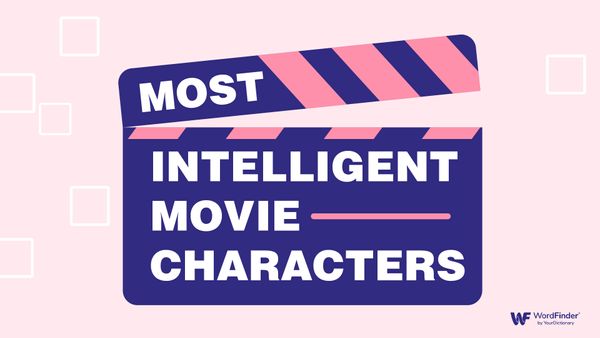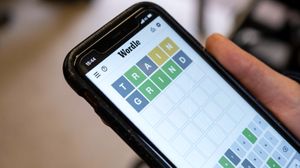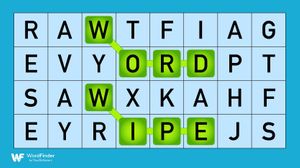Lexical Diversity in Disney and Marvel Films

Created for WordFinder
Our data-driven approach involved dissecting film scripts to measure their lexical diversity (vocabulary range). Scripts with high lexical diversity include a wide range of different words, which could indicate higher intelligence, while those with low lexical diversity use the same words more often. This article will guide you through our findings, revealing the verbal richness of Disney and Marvel characters and the movies that feature them.
Key Takeaways
“Snow White and the Seven Dwarfs,” “Tangled,” and “Big Hero 6” have the most varied script vocabulary of all the Disney and Marvel movies we studied.
Marlin from “Finding Nemo” has the lowest lexical diversity of any character (34.2%).
Rapunzel has the most unique vocabulary among the Disney princesses, while Moana has the least.
Hawkeye and Captain America have the most unique vocabulary among Marvel heroes, while Spider-Man has the least.
Vocabulary Variety by Movie
Lexical diversity is a measure of how many different words are used in a body of text, and this can provide insights into the scripting of Disney and Marvel movies. Below, we’ll reveal what we found by analyzing some popular classics and newer films.

Our analysis revealed that “Snow White and the Seven Dwarfs,” “Tangled,” and “Big Hero 6” topped the charts with the most varied vocabularies in their scripts, showcasing a rich and extensive use of language. In contrast, “Thor” had the lowest lexical diversity among the scripts we studied, indicating a more limited word range. Although many consider him the most oafish of the Marvel heroes, he’s had his moments of genius.
Notably, Disney and Marvel movies from 2010 onward exhibited an 18% decrease in lexical diversity compared to Golden Era (1937-1942) scripts, suggesting a shift in linguistic complexity over the years. This trend could mirror broader changes in the English language, reflecting evolving communication preferences and storytelling styles.
Dialogue Diversity by Character
Now that we’ve uncovered the movies with the most linguistically diverse scripts, it’s time to see which of their characters came out on top for vocabulary variation.

The character Wasabi, an Applied Physics student and part of the superhero team in “Big Hero 6,” stood out with the highest lexical diversity at 83.3%. Chip, the boy-turned-teacup from “Beauty and the Beast,” followed at 81.5%. On the opposite end, Marlin from the kids’ movie favorite “Finding Nemo” had the lowest lexical diversity at 34.2%.
Characters who are the protagonists of their respective films have more lines of dialogue than other characters, which may be why many of them scored a lower lexical diversity; their speech includes a higher occurrence of common, everyday language.
But for other main characters like Marlin, a lower lexical diversity could suggest a strategic choice to make them more relatable to and understandable by a broad audience. Simplifying the dialogue like this can also help children connect with these characters.
Disney Royalty and Marvel’s Mightiest
Finally, we explored Disney princesses, Marvel heroes, and villains from both studios. Here are the characters with the most and least lexical diversity in their speech in these categories.

Rapunzel, the long golden-haired female character from “Tangled,” had the most lexical diversity of any Disney princess at 60.7%, giving kids a verbally complex character to admire. Snow Queen Elsa from “Frozen” came in second (57.7%), and Chinese legend Mulan came in third (55.7%). Moana landed in last place among the Disney royalty we analyzed, with a lexical diversity of 34.9%.
Within the Marvel hero spectrum, Clint Barton (Hawkeye) of “The Avengers” reached a lexical high of 72.2%, while Steve Rogers in “Captain America: The First Avenger” ranked second with 64.0%. These results suggest a language complexity that might appeal more to the older demographics reflective of Marvel’s target audience. And although Spider-Man isn’t exactly a kids’ movie, Peter Parker (Spider-Man) had a lexical diversity of 49.1%, aligning with his character’s youthful appeal.
The villains, both in Disney and Marvel narratives, used notably sophisticated language. Marvel’s Dr. Arnim Zola of the Captain America film series reached 77.3% lexical diversity, and Disney’s Shan Yu of “Mulan” led at 75.9%. Having a way with words may accentuate their menacing personas.
Reflecting on Cinematic Language
The words chosen for each Disney and Marvel character are as intentional as the strokes of an artist’s brush. The scripts of Golden Era films like “Snow White” and “Pinocchio” demonstrated a high lexical diversity, while Wasabi and Hawkeye showcased the most varied vocabularies, highlighting their distinctive narrative importance. Conversely, beloved protagonists like Marlin and Moana utilized simpler, more relatable language, suggesting a strategy to resonate with wider audiences. These findings reflect the evolving language of cinema and how its narratives connect with viewers through the generations.
Methodology
Lexical diversity is defined as the ratio of unique words to the total word count. For this study, we downloaded available movie scripts from various sources and then determined the average lexical diversity per movie and character. For individual character analyses, we measured the lexical diversity of characters with at least 10 lines of dialogue per film.
About WordFinder
WordFinder® is a free word games helper and a key resource for word game enthusiasts. Our free tools include a scrabble word finder, words with friends cheat, wordle solver, daily wordle hints, NYT connections hints, and more. Our platform is dedicated to helping users unscramble letters, find the right words, and gain a competitive edge in their favorite word games.
Fair Use Statement
Know a Disney or Marvel fan who would enjoy our findings? Feel free to share these findings for non-commercial purposes. If you do, please provide a link to this page to credit the source and maintain the information’s integrity.



